Built in the Gothic Revival style by a community of Polish immigrants in 1896 in New York’s East Side, The Church of the Transfiguration was built to serve the growing number of Christians in the already developed section of the neighborhood.
The Polish immigrant population in Buffalo was steadily increasing in 1890.
Transfiguration was the result of a general agreement that the growing Polish community on Buffalo’s East Side needed another place of worship, the bishop granted permission to form a new Polish parish in 1893.
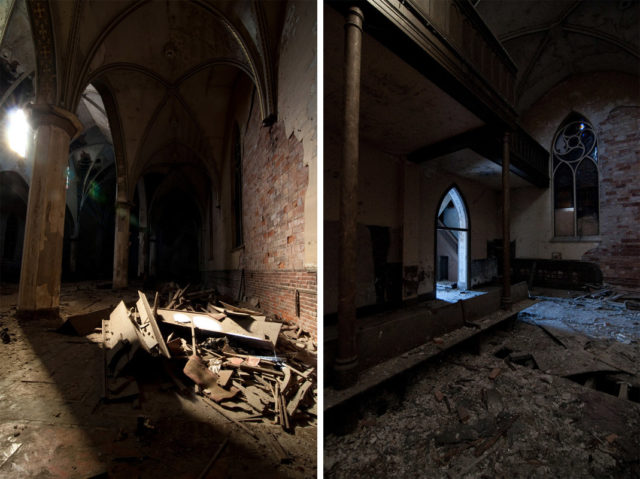
Designed by local architect Carl Schmill in the German Gothic style, the red brick and local Medina sandstone church is classified as a landmark by the City of Buffalo. It is an imposing structure with a massive central tower, arched entrance, stained glass windows topped with medallions, and murals by Joseph Mazur in the ethereal vaulted interior. This was the only major Polish church in the city designed in the Gothic style, all the others being done in Romanesque or Renaissance styles. Photos: Colin Knowles/Flickr
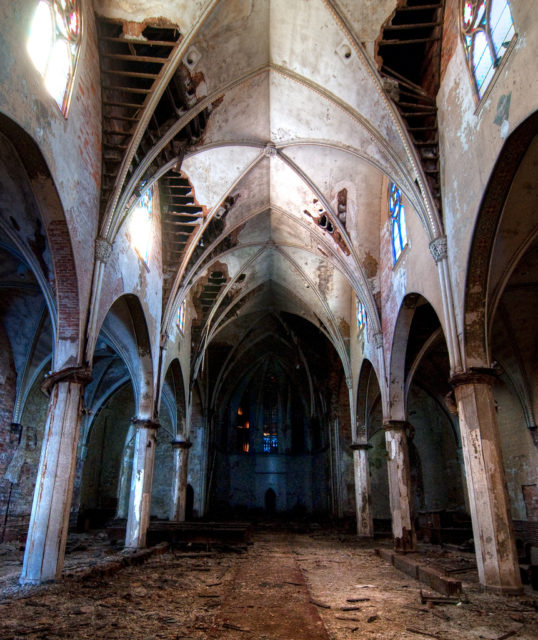
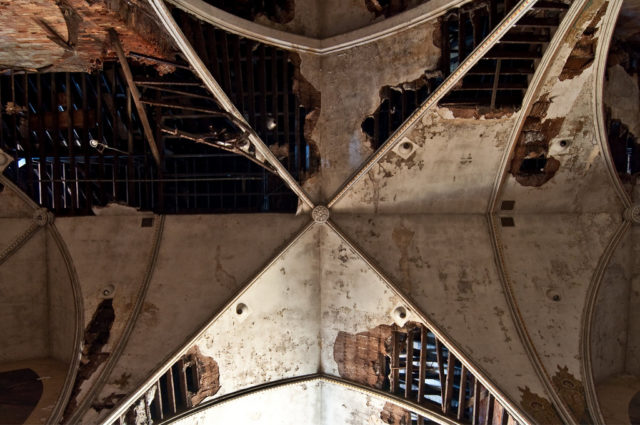
A wooden church and a schoolhouse were built on the corner of Mills and Sycamore Streets, however, both of these structures were replaced within a few years. The new church building that still stands today was constructed at a cost of $76,000 and completed in 1897 and featured a 180-foot tall bell tower. The school building was rebuilt in 1914.
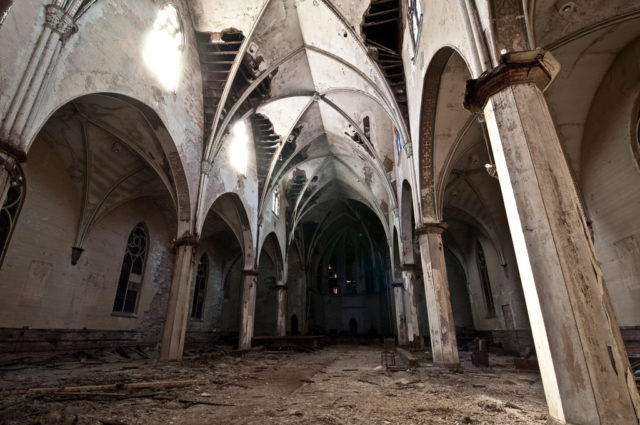
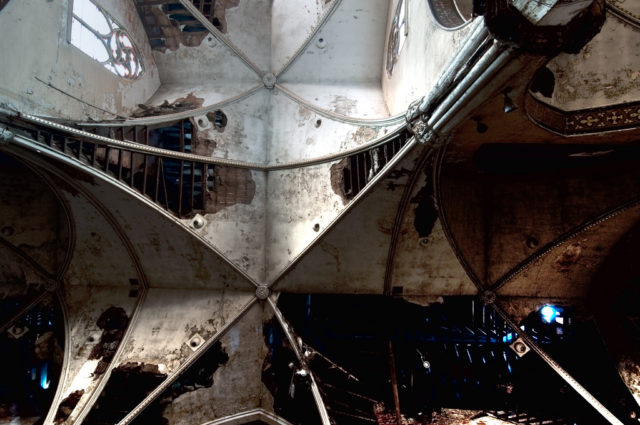
A dwindling number of parishioners led to the decision to close the school building in 1985. The church remained in use until 1991 when it was too officially closed, along with three other East Side churches after a vitality study performed by the local parish.
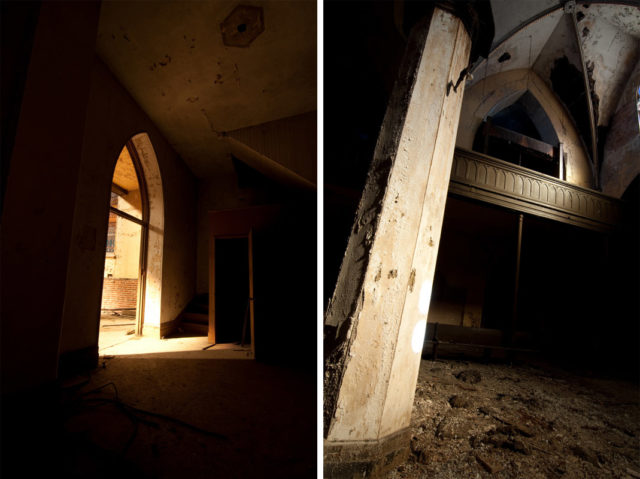
It was closed as other buildings in the city because most of the Polish parishioners moved to other locations in the United States when Buffalo’s economy began to decline. Although permission for demolition in 1994 was obtained by the parish, it was instead sold to Paul Francis Associates for $7,000 with a promise to restore the building.
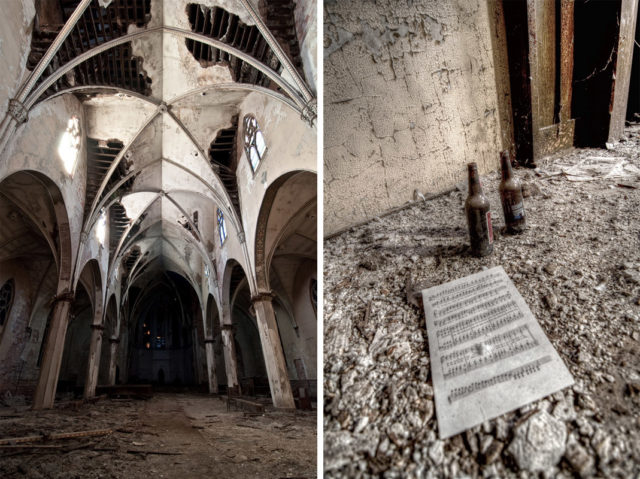
A $100,000 community block grant was obtained, but only a quarter of the money was allocated to the restoration of the church as money was diverted to other projects. The subsequent owner of the building let the structure deteriorate until 2007 when some repairs were made to the roof and work was done to protect the stained glass.
